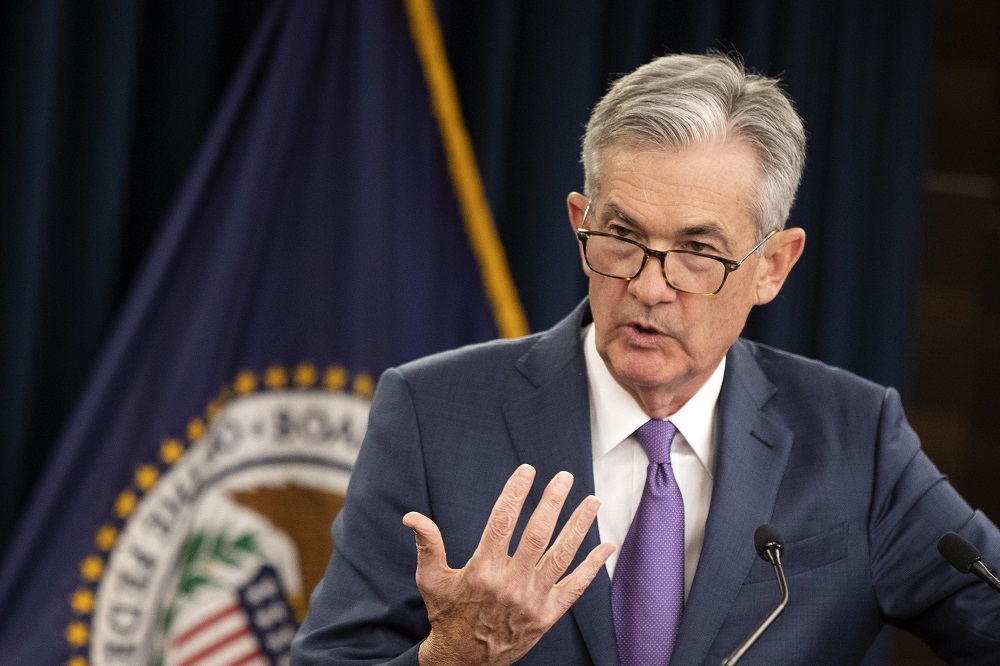Wary of the risk of policy mistakes
There are some reasons why the risk of a policy mistake is extraordinarily high amongst developed-country central banks.

It seems clear that 500-bps of Fed rate hikes has done little to lift long-term yields.
>> Will the FED leave rates unchanged?
The first half of the year has been pretty trouble-free for investors. Most asset classes have improved, with the notable exception of commodities. Volatility has also come down across asset classes; most notably for the dollar. Does this imply that policymakers have done their job of reducing inflation without provoking recessions? It might.
However, Mr. Steve Barrow, Head of Standard Bank G10 Strategy said this calmness (and improvement) of asset prices on the surface belies the fact that, just like a swan, there’s some furious kicking under the surface as central banks scramble to provide the appropriate degree of monetary restraint. They might just succeed but it seems as if the risk of a policy mistake is very high indeed and this, in turn, suggests that markets might not be so calm in the second half of the year.
Mr. Steve Barrow believes there are two particular reasons why the risk of a policy mistake is extraordinarily high amongst developed-country central banks. The first is that economies have been hit by adverse supply shocks (Covid and the Russia-Ukraine war) and these are always harder for policymakers to deal with than demand shocks.
The second complication is bought about by the fact that central banks are trying to engineer a pretty dramatic tightening of monetary conditions at a time when their balance sheets are still huge relative to both historical levels and as a proportion of the economy. This too makes it tough to judge how much policy rates should rise and hence significantly magnifies the risk of a policy mistake.
Supply shocks are hard to deal with because they send growth and inflation in opposite directions (as opposed to demand shocks that tend to push inflation and growth in the same direction). Initially, the adverse supply shocks hit goods supply but more latterly it has been labour supply that’s been the focus (and will be again on Friday with the release of the June payroll data). Inflated central bank balance sheets impact policy because the pass-through from policy rate hikes to key longer-term yields seems to be broken.
As we all know, it is longer-term rates that are important for consumers and firms, not the fed funds rate and it seems clear that 500-bps of Fed rate hikes has done little to lift long-term yields. For instance, if we look at real (inflation-adjusted) rates, using core PCE prices, we see that while the real fed funds rate is above the zero line at just over 50-bps, real 10-year yields are negative to the tune of 80bps.
That seem low in absolute terms and it is certainly low in historic terms in spite of the Fed’s tightening. Of course, some may argue that long-term yields are low because the market anticipates a recession but this is still proving to be the most hotly anticipated downturn that, so far at least, has failed to arrive.
>> Which central banks will pause rate hikes?
The fact that yields are still low surely owes much to the fact that the Fed still owns well over USD5tr of treasuries. If it was claimed that QE lowered treasury yields by possibly hundreds of basis points from the levels that would have existed, the persistence of inflated holdings still seems to be keeping yields far below levels that we might have expected to prevail if QE had not happened and the Fed had hiked rates in the way we have seen.
While it might be easy to describe the sorts of risks policymakers are taking right now, it is not so easy to say whether policy rates might be raised too far, or not enough. Most in the market expect policymakers to go too far with rate hikes, especially when it comes to the Fed. And, from a risk/reward perspective, it certainly seems as if policymakers should err towards pushing rates up by more than enough, rather than falling short. A more defensive strategy for investors wise to the policy-mistake risk could be to focus on volatility rather than directional trades in asset prices. For with volatility down at very low levels right now, strategies that benefit from policy mistakes, and hence a rise in uncertainty/volatility could pay dividends in the second half of the year.








